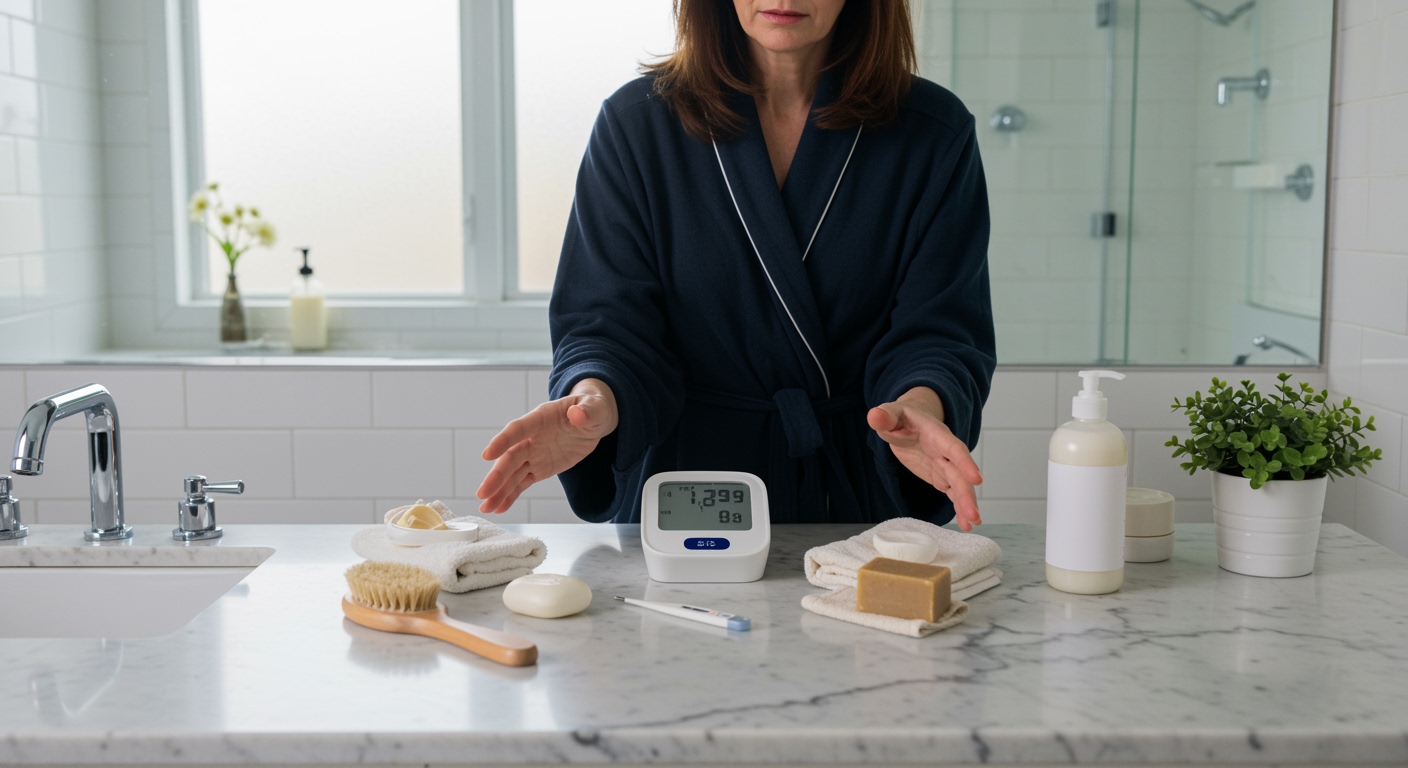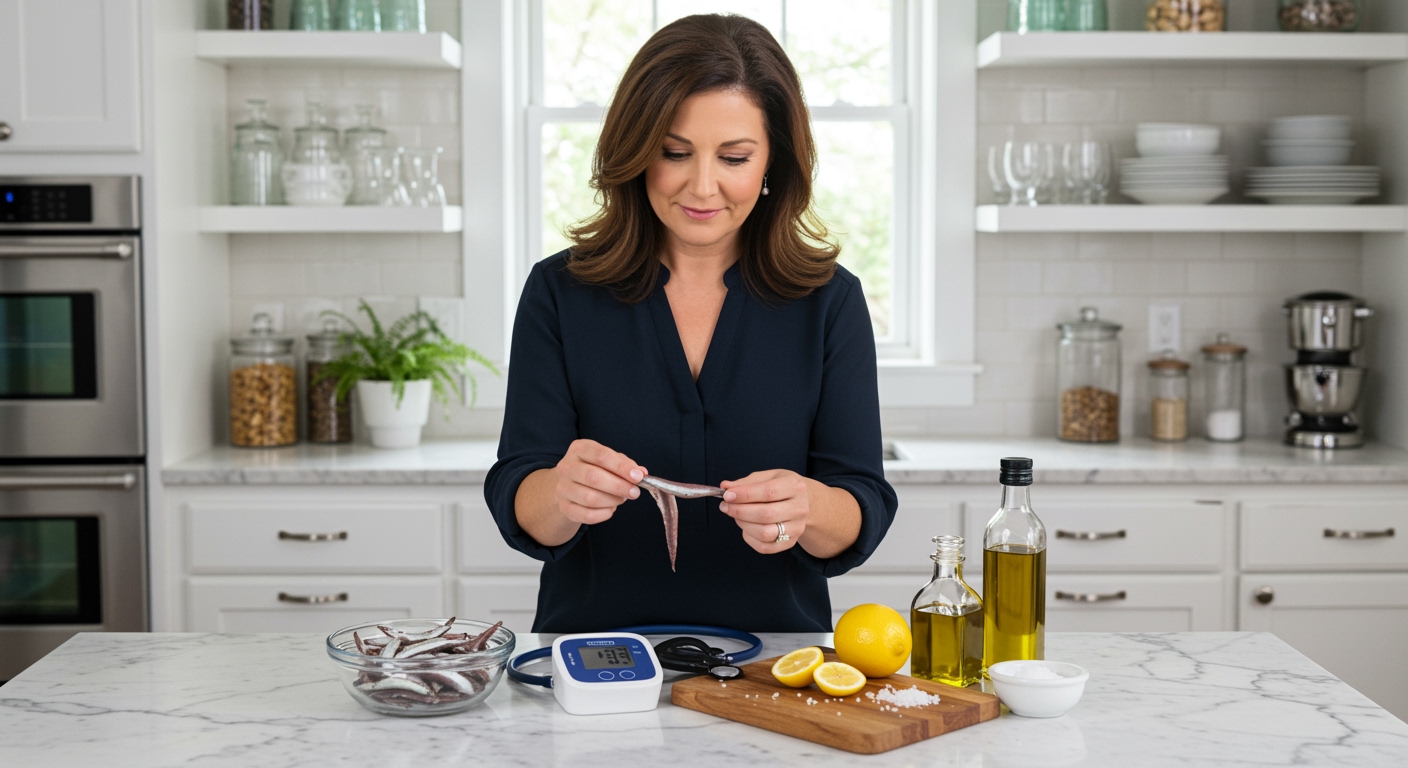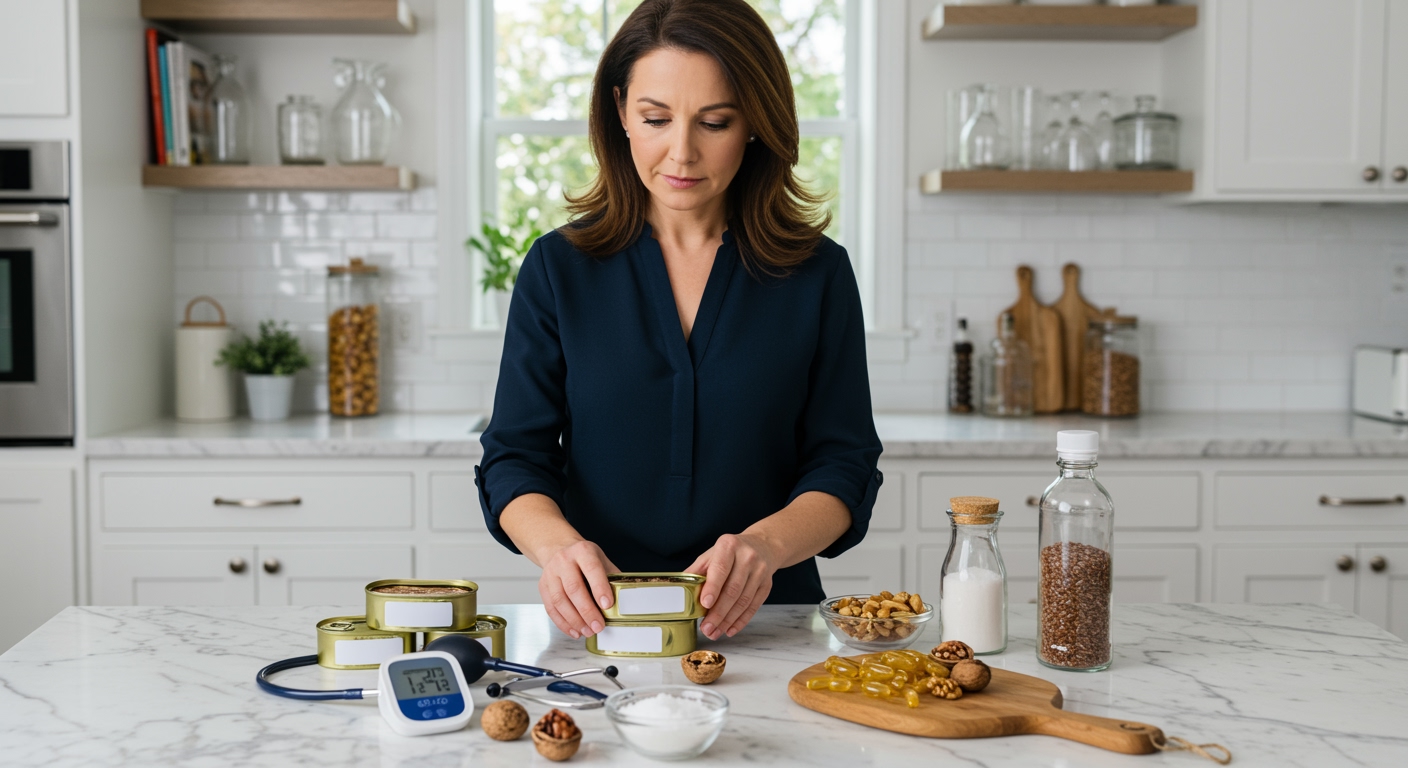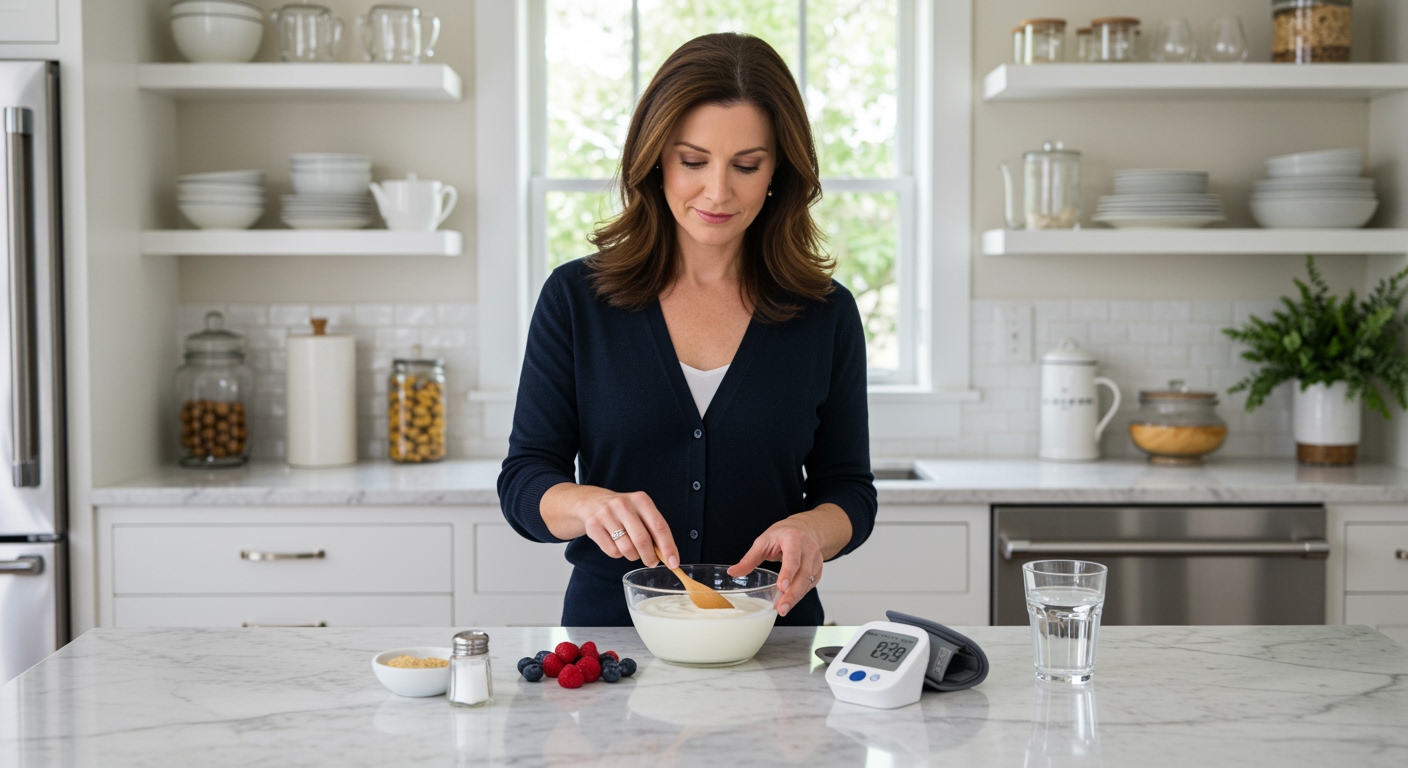✪ Key Takeaway: Yes, people with low blood pressure should avoid hot showers because heat dilates blood vessels and drops pressure further.
Introduction
You step into a steaming hot shower after a long day, expecting relaxation and comfort.
But if you have low blood pressure, that soothing hot water might be setting you up for dizziness, weakness, or even fainting.
Hi, I’m Abdur, your nutrition coach, and today I’m going to explain why hot showers can be dangerous for people with hypotension and what you can do to stay safe while maintaining good hygiene.
How Do Hot Showers Affect Your Blood Pressure?
Hot water causes your blood vessels to expand through a process called vasodilation.
When your vessels widen, there is more space for your blood to flow through.
This increased space means your heart does not need to pump as hard to move blood around your body.
The result is a natural drop in blood pressure that happens within minutes of exposure to hot water.
For people with normal or high blood pressure, this temporary reduction can be beneficial and relaxing.
However, if you already have low blood pressure, this additional drop can push your levels dangerously low.
Your brain and vital organs might not receive enough oxygen-rich blood, leading to symptoms that can range from uncomfortable to dangerous.
✪ Fact: Hot water can drop blood pressure by 10-15 mmHg within just 5 minutes of exposure.
What Symptoms Should You Watch For?
The most common early warning sign is dizziness that starts while you are still in the shower.
You might feel lightheaded when you turn your head quickly or when you bend down to pick up dropped soap.
Many people also experience a feeling of weakness or fatigue that seems to come out of nowhere.
Your vision might become blurry or you might see spots, especially when you look up at the showerhead.
Nausea is another red flag that indicates your blood pressure has dropped too low.
Some people feel like they need to sit down immediately or grab onto something for support.
In severe cases, you might actually faint in the shower, which creates serious injury risks from falls on hard bathroom surfaces.
✪ Pro Tip: Install grab bars in your shower area to provide support if you feel unsteady during bathing.
What Temperature Is Safe For Low Blood Pressure?
The ideal shower temperature for people with hypotension is lukewarm water around 98-100 degrees Fahrenheit.
This temperature is warm enough to clean your body effectively without causing significant vasodilation.
You can test the water temperature with your elbow before stepping in completely.
The water should feel comfortably warm but not hot enough to make your skin turn red.
Start with cooler water and gradually increase the temperature until you find your comfort zone.
Limit your shower time to 10-15 minutes maximum to reduce prolonged exposure to heat.
Even lukewarm water can affect your blood pressure if you stay in too long, so shorter showers are always safer for people with hypotension.
✪ Note: A shower thermometer can help you maintain consistent safe water temperatures every time you bathe.
Are There Any Safe Alternatives To Hot Showers?
Cool or cold showers actually have the opposite effect on blood pressure compared to hot water.
Cold water causes your blood vessels to constrict, which can temporarily raise your blood pressure.
This makes cold showers potentially beneficial for people with hypotension, though the shock of cold water can be uncomfortable.
You can try contrast showers, where you alternate between lukewarm and slightly cooler water for 30-second intervals.
Another option is taking quick baths in lukewarm water instead of long showers.
Baths allow you to control the water temperature more precisely and you can get out immediately if you feel unwell.
Some people find that showering in the morning rather than evening works better because blood pressure naturally rises throughout the day.
✪ Pro Tip: Keep a chair or stool in your bathroom so you can sit down immediately if you feel dizzy during or after bathing.
When Should You See A Doctor?
If you experience frequent dizziness during showers despite using lukewarm water, you need medical evaluation.
Any episode of fainting in the bathroom requires immediate medical attention because it indicates severely low blood pressure.
You should also consult your doctor if you notice that your symptoms are getting worse over time.
Sometimes low blood pressure is a sign of underlying health conditions that need treatment.
Your doctor might recommend medications or lifestyle changes to help stabilize your blood pressure.
They can also provide specific guidance about safe bathing practices based on your individual health status.
Regular blood pressure monitoring at home can help you and your doctor track how different activities, including bathing, affect your cardiovascular health.
✪ Fact: Blood pressure readings below 90/60 mmHg are considered low and may require medical management.
The Bottom Line
People with low blood pressure should definitely avoid hot showers because the heat can drop their already low pressure to dangerous levels.
Your safety is worth more than a few minutes of hot water comfort, and making simple adjustments to your bathing routine can prevent serious health complications.
I would love to hear about your experiences with blood pressure and bathing, so please share your questions or thoughts in the comments below.
References
At NutritionCrown, we use quality and credible sources to ensure our content is accurate and trustworthy. Below are the sources referenced in creating this article:
- Medical News Today: Low blood pressure (hypotension): Symptoms, causes, and more
- PMC: Effects of hot water immersion on cardiovascular function
- Harvard Health: Hot baths and saunas: Beneficial for your heart?
- River Birch Sauna: Cold Showers vs Hot Showers





